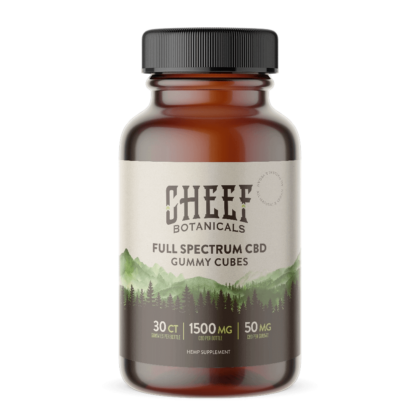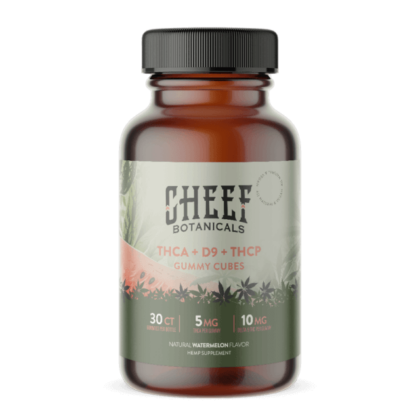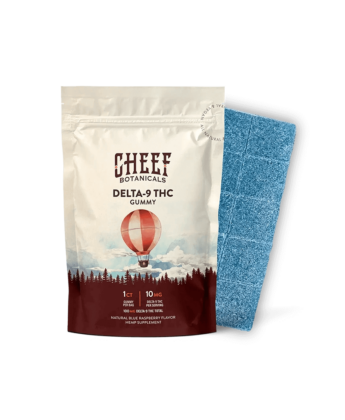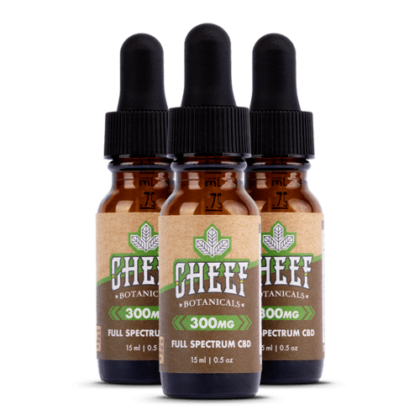Below is a compiled list of scientific research and studies on Cannabidiol (CBD) and it’s potential use for treating Chronic Pain.
- Cannabidiol Is a Potential Therapeutic for the Affective-Motivational Dimension of Incision Pain in Rats.
- Cannabidiol-Δ9-tetrahydrocannabinol interactions on acute pain and locomotor activity.
- Marijuana extract helps prevent chemo pain
- Multicenter, double-blind, randomized, placebo-controlled, parallel-group study of the efficacy, safety, and tolerability of THC:CBD extract and THC extract in patients with intractable cancer-related pain.
- Cannabinoids in the management of difficult to treat pain.
- Cannabinoids suppress inflammatory and neuropathic pain by targeting α3 glycine receptors.
- Role of the cannabinoid system in pain control and therapeutic implications for the management of acute and chronic pain episodes.
- Non-psychoactive cannabinoids modulate the descending pathway of antinociception in anaesthetized rats through several mechanisms of action.
- Cannabidiol inhibits paclitaxel-induced neuropathic pain through 5-HT(1A) receptors without diminishing nervous system function or chemotherapy efficacy.
- Vanilloid TRPV1 receptor mediates the antihyperalgesic effect of the nonpsychoactive cannabinoid, cannabidiol, in a rat model of acute inflammation.
- The non-psychoactive cannabis constituent cannabidiol is an orally effective therapeutic agent in rat chronic inflammatory and neuropathic pain.
- Oromucosal delta9-tetrahydrocannabinol/cannabidiol for neuropathic pain associated with multiple sclerosis: an uncontrolled, open-label, 2-year extension trial.
- Neuropathic orofacial pain: cannabinoids as a therapeutic avenue.
- Cannabinoids for neuropathic pain.
- Meta-analysis of cannabis based treatments for neuropathic and multiple sclerosis-related pain.





















